

Water
The estimate annual water demand of the metropolis is estimated to 8.03m m3 per year (22,000 m3 per day). The city benefits from treated water for household supply from Ghana Water Company Limited. There is evidence to suggest that the populace depend on packaged treated (0.5litre packaged water in plastic bags) as major source of drinking water. According to Ghana Water Company Limited and Community Water and Sanitation Agency (CWSA), they have 100% community coverage.
Safe water supply and sanitation are essential components of any intervention programme designed to secure sustained family health. Lack of potable water predisposes the population to various preventable diseases such as guinea worm, diarrhoea and cholera. The potential of these diseases to negatively affect labour productivity and hamper progress in development action is enormous and steps should be taken to prevent their occurrence in the Metropolis.
Fortunately, the Metropolis is quite well served with potable drinking water. All communities in the district are served with pipe-borne water from the conventional treatment plant at Brimsu. Rural supplies forms just 1% of the drinking water system in the Metropolis and these areas are also well catered for. Percentage of Homes with Pipe Borne water is 37.7%. The remaining percentage obtain water supply outside their homes. The number of Boreholes in the Metropolis is 35 and mostly found in the rural areas. The main problem with water supply in the Metropolis is the perennial drying up of the Kakum dam, which is the source of the water. The other problems relate to the use of old equipment in pumping water to households, frequent power outages, which affect the distribution system and non-payment of irregular payment of tariffs to enable the Ghana water Corporation to expand its facilities.
Water Supply
Safe water supply and sanitation are essential components of any intervention programme designed to secure sustained family health. Lack of potable water predisposes the population to various preventable diseases such as guinea worm, diarrhoea and cholera. The potential of these diseases to negatively affect labour productivity and hamper progress in development action is enormous and steps should be taken to prevent their occurrence in the District.
Fortunately, the Metropolis is quite well served with potable drinking water. All communities are served with pipe-borne water from the conventional treatment plant at Brimsu. Rural supplies form just 1% of the drinking water system in the Municipal area and these areas are also well catered for.
Percentage of Homes with Pipe Borne water is 37.7%. The remaining percentage obtain water supply outside their homes. The number of Boreholes is 35 and mostly found in the rural areas.
The main problem with water supply is the perennial drying up of the Kakum dam, which is the source of the water. The other problems relate to the use of old equipment in pumping water to households, frequent power outages, which affect the distribution system and non-payment of irregular payment of tariffs to enable the Ghana water Corporation to expand its facilities.
Sanitation and Waste Disposal
Improvement in sanitation through proper and organised disposal of both solid and liquid waste is of top most priority in the metropolis due to its impact on the health status of the population as well as on the tourism industry. Presently, sanitation and waste disposal are among the major problems facing the metropolis .There are too few public toilets in the Municipality to make any meaningful impression on an outsider visiting for the first time. A related problem is the apparent inability of the Municipal authorities to deal with dislodging excreta from the over 800 pan latrines into septic tanks to the final disposal site. This activity is performed by an old cesspool emptier, which does not serve that purpose effectively due to frequent breakdowns.
Refuse disposal is also a problem. Metallic or wooden containers are placed at strategic points to hold refuse. They are then removed daily to final dumping sites. Apart from these containers, approved refuse dumps have been sited at vantage points within the communities. An estimated of waste is generated in and out of this , – 35.5 cu. metres is collected by the Assembly and disposed of at the final disposal site daily. It is estimated that, only about 30% of waste generated in the Municipality is properly disposed of by households. Toilet Faculties. About 7% of households use pit latrines, 5.2% use bucket or pan latrines and 24.5% use Water closet facilities.
Some communities on their own have also created unapproved sites. Others simply dump refuse and human excreta into open spaces, the bush and the beach. These are unacceptable ways of disposing of wastes and need to be addressed. Regular desilting of the main drains in the metropolis is also a problem.The undulating nature of the terrain, the attitude and practices of some people as well as inadequate logistics and personnel tend to complicate the already serious problem. These human problems can be tackled through public education.
Other areas of focus in terms of health and sanitation are the slaughterhouse and unapproved sites being used for these purposes. It is common knowledge that unhygienic conditions exist in the main slaughterhouse in Cape Coast. It is also the case that some butchers prefer to use unapproved sites where they prepare the carcasses with lorry tyres and rubbish. The extent to which these materials post health problems for consumers is yet to be established. The impact of these practices therefore need scientific and careful assessment as early as possible must be stopped sooner than later if it is found to be harmful.
Date Created : 5/26/2025 12:00:00 AM



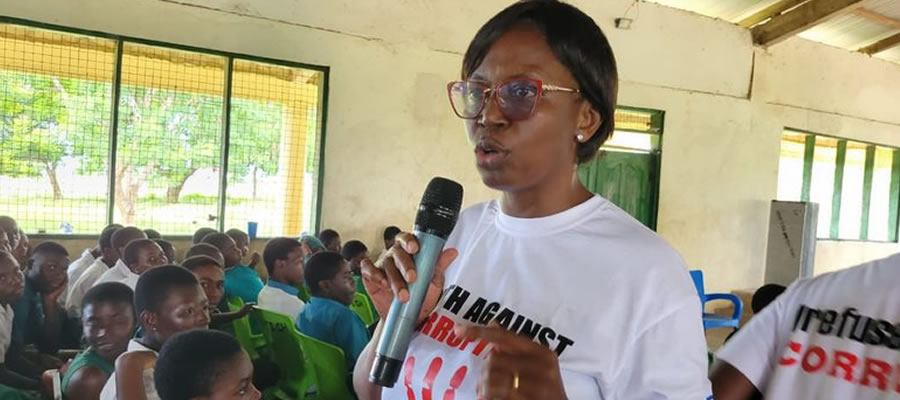
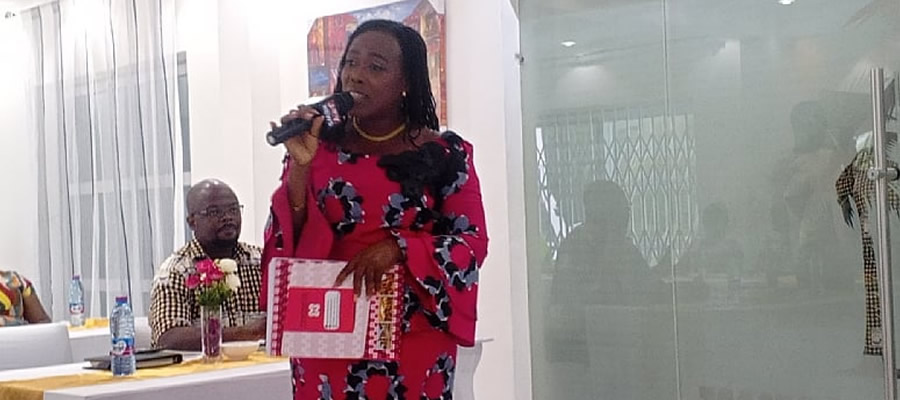
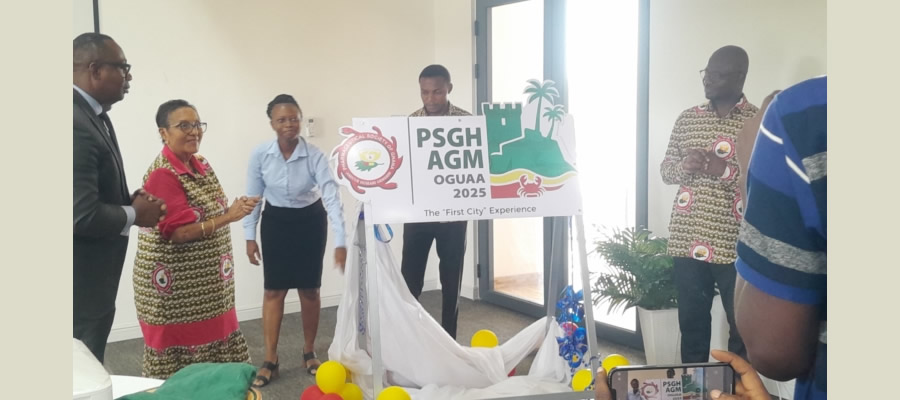


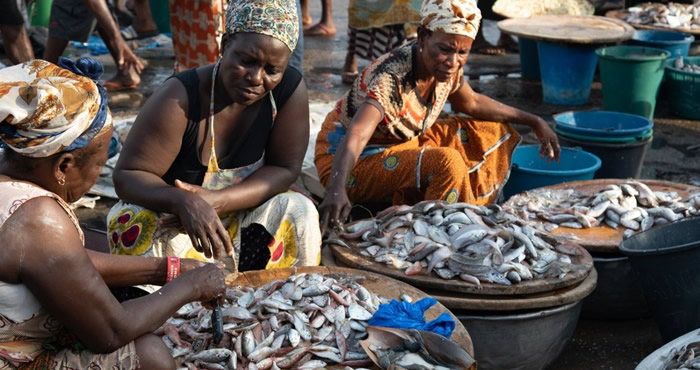
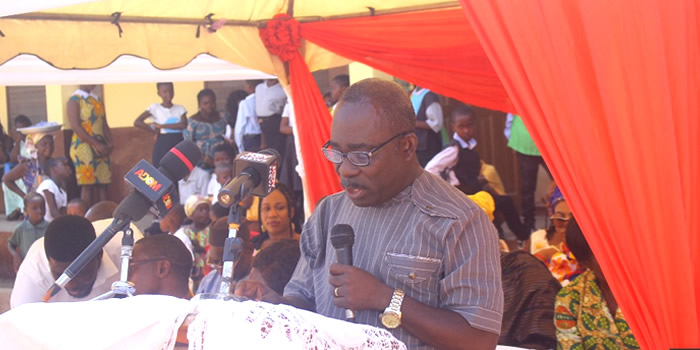
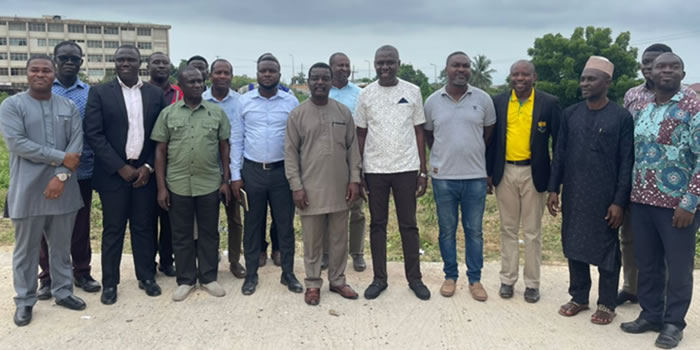


 facebook
facebook
 twitter
twitter
 Youtube
Youtube
 +233 593 831 280
+233 593 831 280 0800 430 430
0800 430 430 GPS: GE-231-4383
GPS: GE-231-4383 info@ghanadistricts.com
info@ghanadistricts.com Box GP1044, Accra, Ghana
Box GP1044, Accra, Ghana